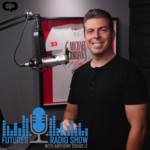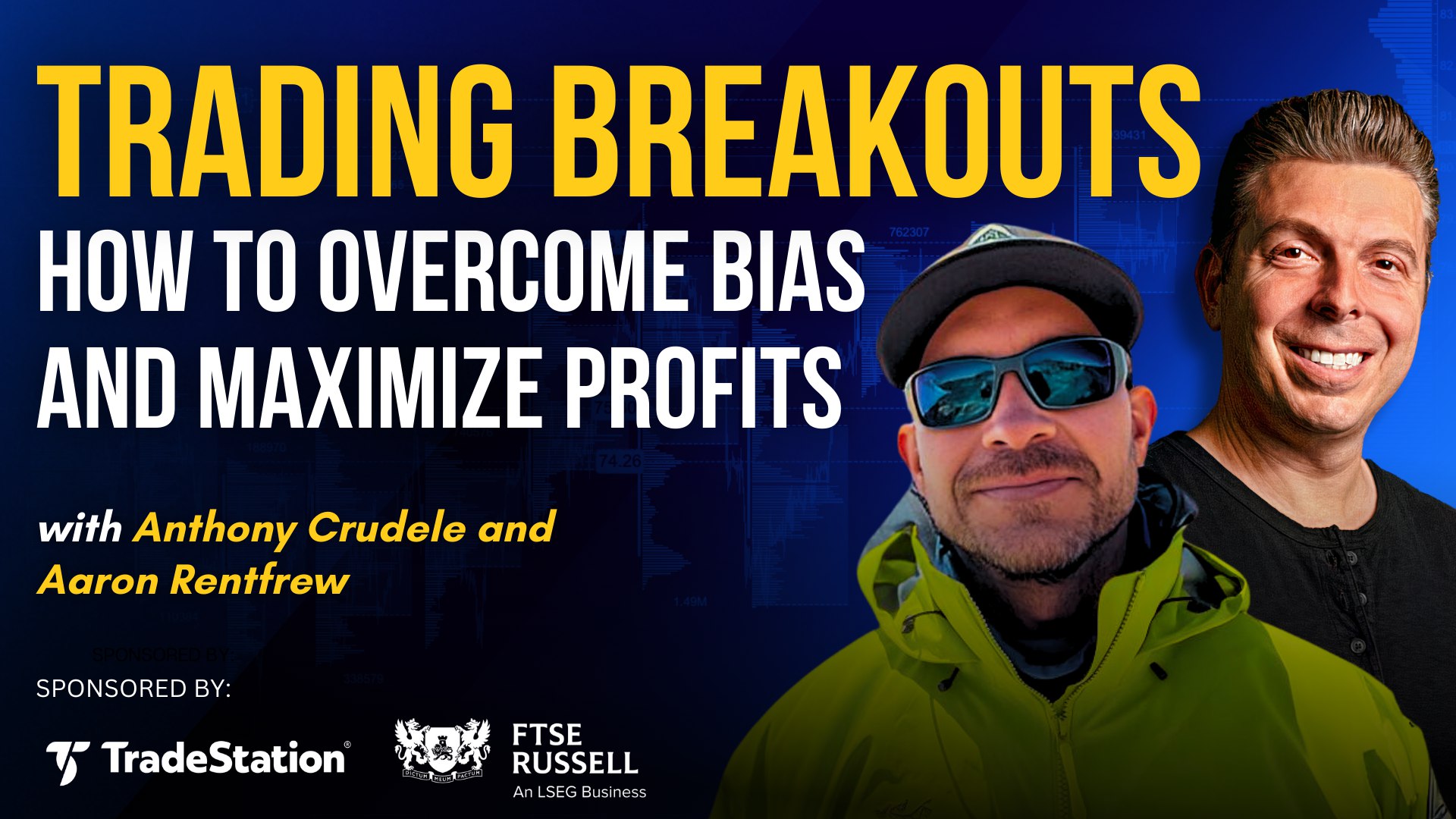Listen on —> iTunes
Topics:
- (5) Components of Weiqin’s Strategy
a. Macro
b. Fed Policy
c. Trend
d. Sentiment
e. Market Turbulence - Executing a Systematic Trend Following Strategy
Guest:
Weiqin Dong
Co-CIO/CRO Buckingham Global Advisor
Record Date: 11/21/19
Rapid Fire:
Q. What Trader has influenced your life the most and why?
A. I would not say a trader influenced me most, my trading philosophy came from the education I got from the University of Chicago. Prior to the University of Chicago, I was a software engineer in Motorola and started to buy my first stocks, I would buy the hottest stocks and end up losing a lot of money when the tech bubble burst. I figured that must be a better way to invest, that is when I decided to go to University of Chicago to get my MBA degree.
Q. What was one of the hardest things for you to overcome in Trading?
A. Control one’s emotions especially when the market goes against you. That is why I developed a 100% systematic approach to trade.
Q. How has your trading process evolved over the years?
A. Before I dive into the evolution of the trading process, let me explain my quantitative model a bit. There are many factors driving the stock market, some factors can be modeled, some can’t such as Trump’s tweets. The model includes 5 big factors that I think drive the market and can not modeled, they are Market Trend, market turbulence, market sentiment, Macro and Fed policy.
After I graduated from University of Chicago, I started working for a $1B fund that managed money for Calpers, the biggest public pension funds in the US. I had always been a buy and hold investor after I started my MBA, even held through the financial crisis in 2008. However, I panicked in 2001 when European debt crisis happened and sold some of my stock holdings at low and bought back at a higher price. That is what got me thinking: I am a major investment decision maker for $1B, however I cannot manage my own money well. I decided to develop a strategy that will fit me. I could not use my firm’s strategy because we did quantitative stock selections and I do not have that much money to buy enough stocks to follow the strategy. At the same time, our firm noticed that our strategy tended to outperform during up markets and underperformed during down markets with the control of size and beta, that led the firm to start to do research on a potential market regime switch, this the start of development of macro factor. There are sayings like “do not fight Fed” and “trend is your friend” on wall street, thus Fed factor and Trend factor were added. Turbulence and sentiment were added later.
Even factor gives a -1, 0, and 1 score, the sum of all 5 factors are used to decide to long, short or staying cash for next day.
Q. What is one attribute that you believe every trader should have?
A. Knowing your risk, be fully aware that market can move against you anytime, when that happens, what is your max loss. No matter how much analysis you have done, how reasonable your analysis is, the market does not care and it is always right. When that happens, how the trade behaves is much more important than his or her performance.
Q. Favorite Book about Trading?
A. There is no book in particular, but graduating from a school that has two Nobel Prize winners teaching market efficiency and behavioral finance, you learn to appreciate the complexity of financial market and listen to different views. That is why I read a lot of different articles, but I do not just blindly follow the view, if there is any data backing the author’s view, I would try to test it to make sure what is presented is accurate, not just some cherry picking.
Q. If you had to pick a profession other than trading, what would it be?
A. I would love to educate people about investing. I have a lot of friends that are very successful with their career, but they have very limited knowledge about investing, stocks and etc.
Q. What’s the best advice you received about Trading?
A. Return is what you can eat, but volatility is what kills you. My old boss told me that. It is important to build a high return strategy, but volatility is as important, if not more important.
Q. If you can give a piece of advice to the younger you, what would it be?
A. Follow the passion, not just what is hot at the moment.
Q. If you had to elevator pitch me your edge trading, what would you say?
A. My unique background with combination of software engineering experience and quant training at Chicago Booth MBA gave me an edge, also my strategy has been back tested for over 20+ years, it included two recent bear markets.
Q. Favorite thing to do when not Trading?
A. I run and kickboxing, finished a half marathon a couple of years ago. Also loving being a mom with two teenagers
Weiqin Dong’s Resources:
If you enjoyed this interview with Weiqin and the topics discussed — be sure to listen to these other episodes with
Jim Rogers & Matt ‘PAX’ Kenah
Investing In The Real World – Jim Rogers
Pit To Screen – Matt ‘PAX’ Kenah








